Engendering Genre
The Works of Margaret Atwood
Engendering Genre
The Works of Margaret Atwood
INCLUDING AN INTERVIEW WITH MARGARET ATWOOD
REINGARD M. NISCHIK
UNIVERSITY OF OTTAWA PRESS
U NIVERSITY OF O TTAWA P RESS, 2009
All rights reserved.
The University of Ottawa Press acknowledges with gratitude the support extended to its publishing list by Heritage Canada through its Book Publishing Industry Development Program, by the Canada Council for the Arts, by the Canadian Federation for the Humanities and Social Sciences through its Aid to Scholarly Publications Program, by the Social Sciences and Humanities Research Council, and by the University of Ottawa.
We also gratefully acknowledge the Association of Canadian Studies in German-Speaking Countries, the University of Constances Centre of Excellence, Cultural Foundations of Integration, and the Equal Opportunities Council of the University of Constance whose financial support has contributed to the publication of this book.
 www.press.uottawa.ca
www.press.uottawa.ca
Library and Archives Canada Cataloguing in Publication
Nischik, Reingard M
Engendering genre : the works of Margaret Atwood /
Reingard M. Nischik.
Includes bibliographical references and index.
ISBN 978-0-7766-0724-5
1. Atwood, Margaret, 1939- --Criticism and interpretation.
2. Sex role in literature. 3. Atwood, Margaret, 1939- --Interviews.
4. Authors, Canadian (English)--20th century--Interviews.
I. Title.
PS8501.T86Z764 2009 C818.5409 C2009-907043-X
In Memoriam Hildegard Nischik (19192009)
Dearest Mother
What kind of world shall you describe for your readers? The one you can see around you, or the better one you can imagine? If only the latter, youll be unrealistic; if only the former, despairing. But it is by the better world we can imagine that we judge the world we have. If we cease to judge this world, we may find ourselves, very quickly, in one which is infinitely worse.
Margaret Atwood, Second Words, 333
It is more difficult for a woman writer in this society than for a male writer. But not because of any innate mysterious hormonal or spiritual differences: it is more difficult because it has been made more difficult, and the stereotypes still lurk in the wings, ready to spring fully formed from the heads of critics, both male and female, and attach themselves to any unwary character or author that wanders by.
Margaret Atwood, Second Words, 226
You have to understand what the form is doing, how it works, before you say, Now were going to make it different ... , were going to turn it upside down, were going to move it so it includes something which isnt supposed to be there, were going to surprise the reader.
Margaret Atwood, interview with Geoff Hancock, 193
If writing novelsand reading themhave any redeeming social value, its probably that they force you to imagine what its like to be somebody else.
Which, increasingly, is something we all need to know.
Margaret Atwood, Second Words, 430
Table of Contents
I still remember when I taught my first course ever on Margaret Atwood, back in 1982. I was thrilled with this new author from Canada, whose literary styles, whose language and themes, and whose personality I found intriguing. Here was literature that I felt strongly attracted to and wanted to bring closer to my students, who at the time were just a few years younger than I. Atwood was my favourite writer in those days, and she has remained so for the decades since then, having certainly kept up my scholarly interest as well as my great pleasure in teaching her works. I have always thought that my seminars on Atwood have been among my liveliest, most successful ones. Many students whom I taught Atwood to, off and on (thirteen times over three decades), were often similarly fascinated by her writing, and they have remained faithful Atwood readers.
Atwoods writing has thus accompanied me throughout my years of teaching and research, and it has spurred three previous, though quite different, books of mine on Atwood: my postdoctoral thesis with a strong theoretical orientation (on mind style analysis, bridging narratology and stylistics, with Atwoods fiction used as textual example; Tbingen: Narr, 1991); an anthology, including accompanying analyses, of her short stories for teaching (Stuttgart: Reclam, 1994); and my scholarly edition Margaret Atwood: Works and Impact (Rochester, NY: Camden House, 2000/Toronto: Anansi, 2002), which surveys Atwoods vast oeuvre as well as her reception and influence as writer and critic.
Why, then, another book on Margaret Atwood? Again I am reminded of my early seminars on this author. One of the many reasons Atwoods works have attracted me has always been her shrewd and level-headed gender consciousness. In my earlier classes in the 1980s, my students did not have such an awareness. Curiously many of them, especially the female students (in a rather sexist German society at the time), could not relate to Atwoods statements on gender, could not see the justification for her criticism, or at least her questioning, of traditional gender roles and mentalities. If at all, it was the male students at the time who, at least in the classroom, followed Atwood in her implicit analyses and often agreed with them. It has been one of the many joys of teaching over the decades to observe how Atwoods cutting-edge statements on gender have come to be appreciated by my female students too, so much so, in fact, that nowadays often they more than I raise issues of gender in the classroom.
Surely Atwoods writing has contributed its share to our heightened sense of gender issues, of gender equality and discrimination, and of gender roles. Surveying and analyzing her works over the decades, from her early through her middle to her more recent creative periods, this book traces Atwoods frequent involvement with gender, significant changes in her representation of gender, as well as her innovative linking of gender and genre. In its developing treatment of gender issues over five decades in an impressively high number of (sub)genrespractically all of them dealt with in this bookAtwoods oeuvre is a remarkable cultural document of our times.
Several people were very helpful in the preparation of this volume: Julia Breitbach, Georgiana Banita, and Florian Freitag went through the manuscript and made excellent suggestions for change, as did Emily Petermann and Christina Duck Kannenberg. Anja Ging and Julia Sutter were helpful research assistants and acted as troubleshooters. Annette Regina Lang delved into forms of address when I was updating chapter 4. Christine Schneider conscientiously produced the files and again proved a wizard at deciphering my handwriting. Bjrn Brumann and Benjamin Kannenberg were helpful with scanning images. Florian Freitag reliably produced the index and, together with Julia Breitbach, helped with proofreading.
I am very grateful to Sherrill Grace from the University of British Columbia in Vancouver for reading the manuscript and for giving good pieces of advice. I also thank John Shoesmith of the Thomas Fisher Rare Book Library at the University of Toronto for being very helpful at short notice with the Margaret Atwood Papers. I particularly thank Margaret Atwood for giving permission to reproduce as many as nine of her comics in this book, which makes it a small collection of close to one-third of her produced comics. I also thank her for finding time between book tours to grant me the interview in Toronto and for providing useful information only she could know. My meetings with Margaret Atwood over the years have been not only educative but also and always great fun.
Next page
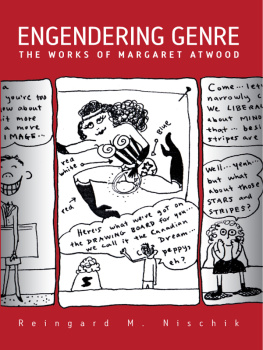
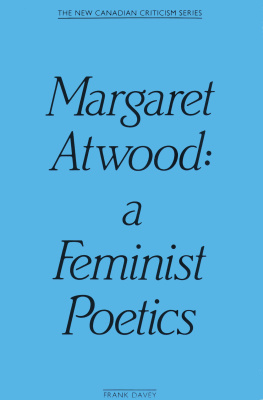



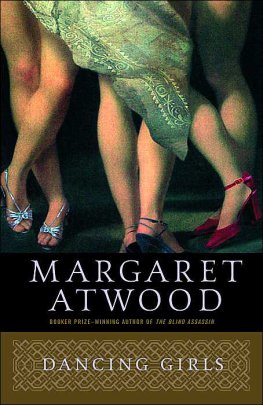
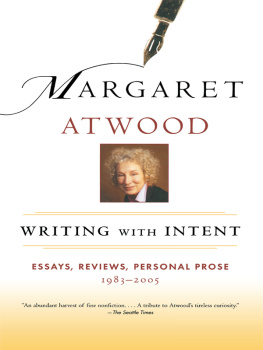
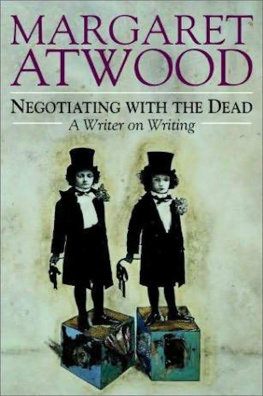
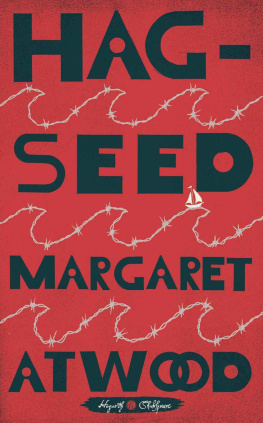
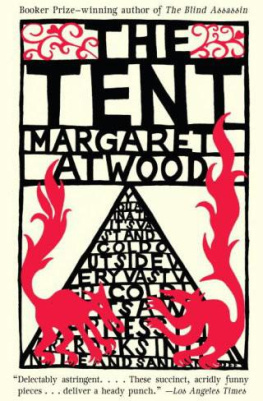
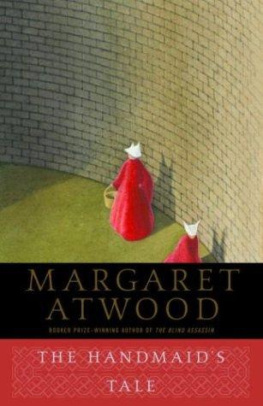
 www.press.uottawa.ca
www.press.uottawa.ca